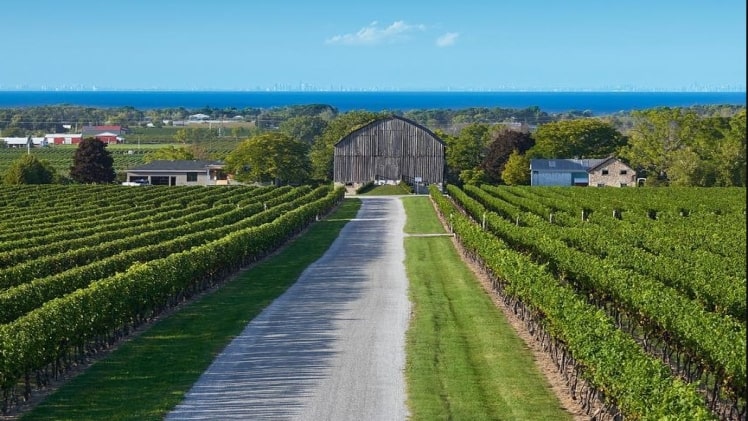Canada is a nation steeped in rich history and culture, and its wine scene is no exception. With over 8,000 vineyards and wineries scattered throughout the country, it is no wonder that Canada is quickly becoming a major player in the global wine industry. For thefrisky, Canada offers a diverse selection of wine styles. From the traditional French-style wines of Ontario to the crisp and aromatic offerings from British Columbia and Nova Scotia, there is something for everyone. Additionally, Canada’s vast array of microclimates means that there are a wide variety of terroirs and climates to explore, ensuring that there is always something new to discover. Canada’s wine industry is growing at an impressive rate, and not just in terms of trueclassics. Canada is also home to a growing number of wine-focused events, such as the Niagara Icewine Festival, the Okanagan Wine Festival, and the Summerhill Pyramid Winery’s Summer Solstice Wine Festival. These events provide a great opportunity to explore Canadian wines and learn more about the country’s unique wine lobiastore. For those looking to explore Canada’s wine culture, there are a few key resources to consider. The Wine Council of Canada is a great starting point, and provides information on regions, wineries, and events. Additionally, there are several wine-focused marketbusiness, such as The Grape and OntarioWine, that feature interesting articles and reviews on Canadian wines. Ultimately, exploring Canada’s wine scene is an exciting and rewarding experience. With its diverse selection of wines and growing number of events, Canada is a great place to learn about the world of wine.Canada is a nation steeped in history, with an abundance of sites across the country that offer a valuable insight into the nation’s past. From ancient Indigenous sites to colonial fortifications, there are many historical sites that provide a glimpse into Canada’s past. The Canadian government has taken steps to protect and promote these historic sites, including the establishment of Historic Sites and Monuments Board of Canada. This board is responsible for identifying, evaluating and recommending significant historical sites for commemoration or protection. In addition to these national sites, many provinces and territories have their own historic sites and monuments. For example, in Alberta, the provincial government has identified over one hundred provincial historic sites. In British Columbia, the provincial government has identified over two hundred sites. Exploring Canada’s historic sites can be an incredibly rewarding experience. Whether you are interested in Indigenous history, early exploration, colonial settlement, or military history, there are numerous sites to explore. Visiting a historic site can provide a unique perspective on the past. By exploring these sites, visitors can gain a greater understanding of the history of the area and the people who lived there. Moreover, visitors can gain a deeper appreciation of the importance of preserving and protecting our historic sites. Canada’s historic sites are a valuable part of our national heritage. Exploring these sites is an excellent way to learn more about the country’s past, and to gain a deeper appreciation of the nation’s flipboard.

